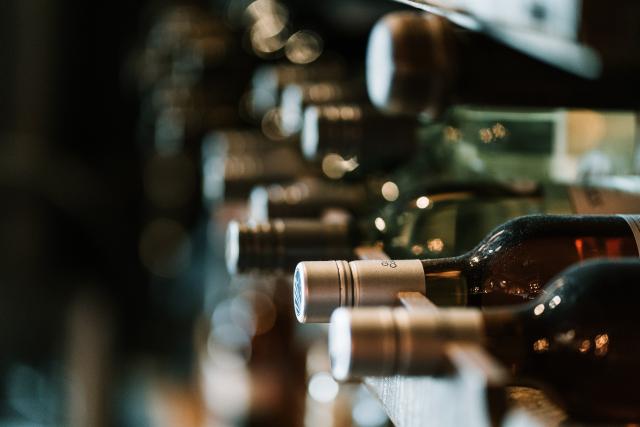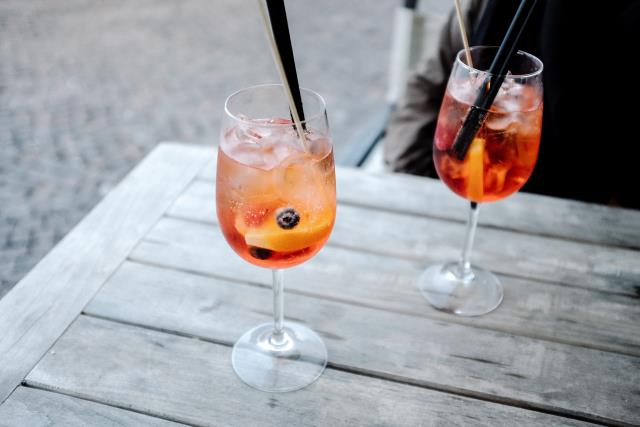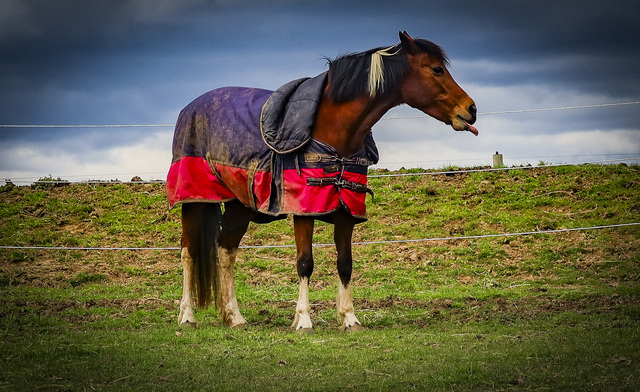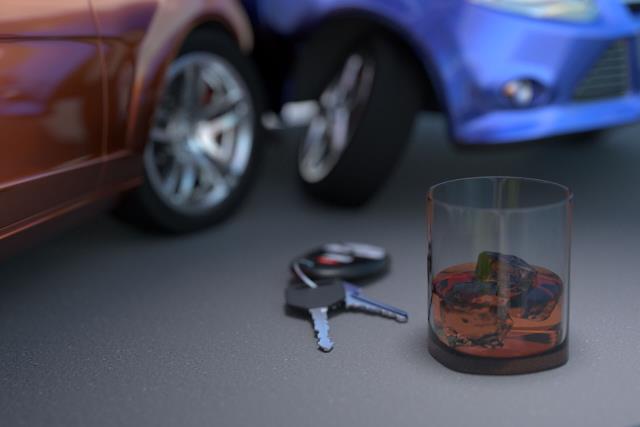The Australian winegrape crush increased year-on-year by 9 per cent in 2024 to an estimated 1.43 million tonnes according to the National Vintage Report 2024 released by Wine Australia, having surveyed 711 winemakers around the country.
Vintage 2024 follows a 23-year low crush in 2023 and, despite the growth, this year’s crush is still well below the 10-year average of 1.73 million tonnes.
Wine Australia’s Manager of Market Insights Peter Bailey said there had been a declining trend in the Australian winegrape crush over the past few years.
“This is the third vintage in the past five that has been below the 10-year average. As a result, we’ve seen the five-year average decrease by over 100,000 tonnes in the past two years,” he said.
“However, the reduction in the crush doesn’t necessarily reflect a decrease in the underlying supply base. There is no indication that the vineyard area has declined significantly, so the potential for a large crop still exists without active management of yields.”
In the Yarra Valley, Pinot Noir and Chardonnay were far and away the dominant varieties purchased, recording 1829 and 1571 tonnes respectively. Shiraz (151 tonnes) and Pinot Gris/Grigio (134 tonnes) were the only other varieties in the region to have sold over 100 tonnes. They also accounted for the vast majority of winery-grown fruit (2068 tonnes of Pinot Noir, 1366 tonnes of Chardonnay) though Shiraz (405 tonnes), Cabernet Sauvignon (237 tonnes) and Pinot Gris/Grigio (205 tonnes) made up the other more significant features. In total, 3897 tonnes of Pinot Noir and 2937 tonnes of Chardonnay grapes were crushed accounting for an estimated value of $11,654,767 and $7,428,116 respectively. Shiraz was the only other variety to account for over $1 million in value from the Yarra Valley at $1,353,716.
The dominant varieties also saw a reduction in price since the last report, with Pinot Noir dropping by one per cent to an average of $2990 per tonne while Chardonnay dropped 5 per cent to an average per tonne value of $2529. Nonetheless, $5,469,432 of Pinot Noir and $3,974,176 of Chardonnay were purchased from the Yarra Valley.
Overall, 2217 tonnes of red wine and 1817 tonnes of white wine was purchased from the Yarra Valley, for a total of 4034 tonnes at a value of $10,947,952 ($6,379,286 of red and $4,568,666 of white).
Of winery-grown grapes, 3154 tonnes of red grapes and 1782 tonnes of white grapes were produced for a total of 4936 tonnes. Adding purchased wine led to a grand total of 8971 tonnes of grapes crushed (rounded up), with red accounting for 5371 tonnes and white 3599 tonnes. The total value of all grapes in the Yarra Valley was $24,013,028 ($15,041,186 from red, $8,971,842 from white) with the overall change in price of red (up one per cent) and white (down 4 per cent) seeing an overall two per cent (rounded up) reduction in prices over the year.
The overall year-on-year increase in the crush was 112,000 tonnes. This was driven entirely by white winegrape varieties, which increased by 117,000 tonnes (19 per cent) to 722,000 tonnes. Despite the 19 per cent increase, the white varieties crush was still 10 per cent below the 10-year average and the second smallest in 17 years.
The crush of red grapes declined by just under 5000 tonnes (1 per cent) to 705,000 tonnes, the smallest since the drought-affected 2007 vintage, and 40 per cent below its peak of 1.2 million tonnes in 2021.
The white winegrape share of the crush increased to 51 per cent – the first time since 2014 that the white crush has been higher than the red crush.
“The overall reduction in the red crush is entirely driven by Shiraz, which decreased by nearly 48,000 tonnes while most other red varieties increased. This decrease was not just from the inland regions, with the Barossa and Clare Valleys accounting for one-third of the reduction,” Mr Bailey said.
“Seasonal factors have contributed to 2024 being another small vintage. However, the significant further reduction in the red crush can be largely attributed to decisions made by grapegrowers and wine businesses to reduce production. These decisions are being driven by low grape prices, significant red wine stock overhangs and reduced global demand for wine.”
Chardonnay increased by 31 per cent to 333,000 tonnes, overtaking Shiraz to resume the title of largest variety by crush size that it last held in 2013. Shiraz decreased by 14 per cent to 298,000 tonnes – its smallest crush since 2007.
South Australia accounted for the largest share of the national crush size (49 per cent) but decreased by 4 per cent and lost 6 percentage points of share to the other states. All other states except Western Australia increased their crush compared with 2023, with Tasmania increasing by 42 per cent to a record estimated crush of 16,702 tonnes.
The grape crush value of the 2024 vintage is estimated to be $1.01 billion, a 2 per cent increase over the previous year. This was a result of the 9 per cent increase in the tonnage being offset by an overall decrease in the average value from $642 per tonne to $613 per tonne.
Across the warm inland regions, both reds and whites declined by 5 per cent in average value, while in the cool / temperate regions there was a small increase (3 per cent) in whites, while the average value for reds was flat.
Mr Bailey said that the overall decline in the average value was mainly driven by a decrease in average grape prices paid for both red and white grapes from warm inland regions, combined with an increase in the share of tonnes from these regions.
“It’s important for growers to look at the price changes for individual regions and varieties, to get a true picture of the market signals. However, the overall 2024 results, particularly the on-going decline in prices for the major inland varieties, indicate that there is no shortfall in supply from the inland regions, despite the successive low vintages,” he said.
Mr Bailey noted that a better understanding of the underlying supply base was critical to enable growers and winemakers to make informed decisions regarding future grape production requirements.
“We welcome the recent announcement of the Grape and Wine Sector Long-term Viability Support Package from the Australian Government, which will support the development of a national vineyard register framework to help give the sector a clearer picture of the true supply nationally.”







